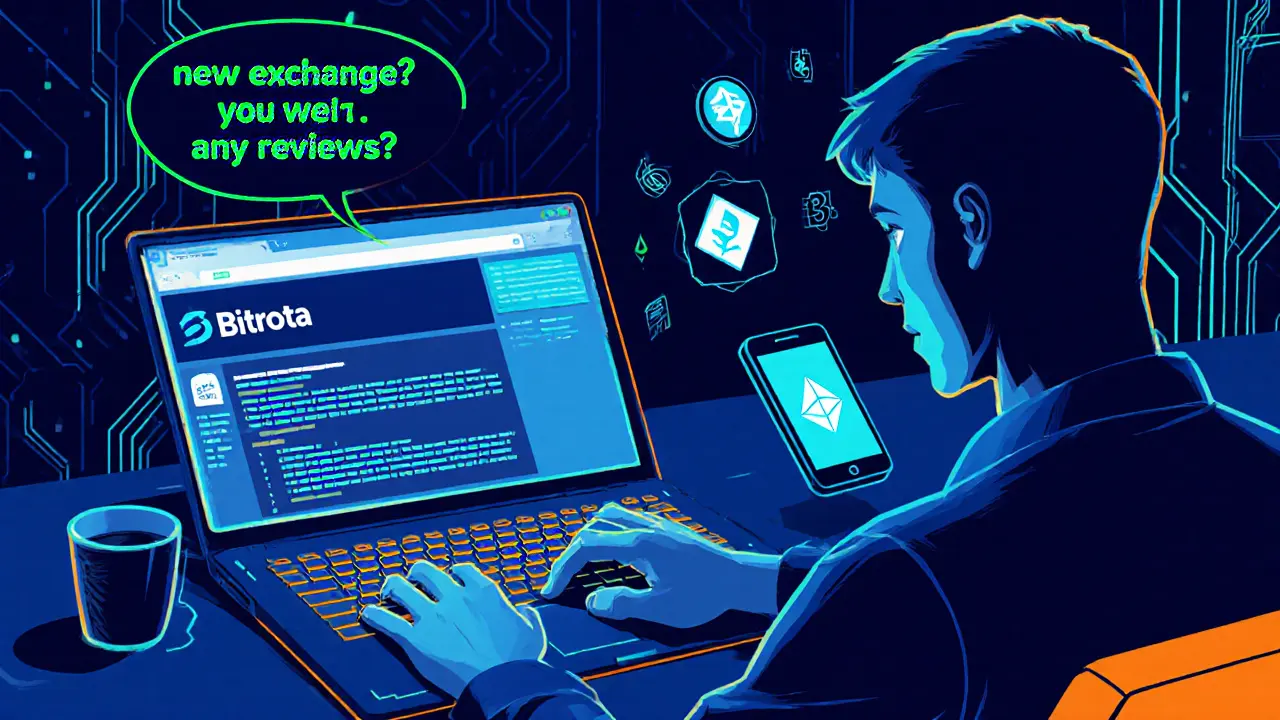Secure Wallet: How to Keep Your Crypto Safe
When talking about Secure Wallet, a tool or service that safeguards crypto assets against theft, loss, and unauthorized access, most people imagine a software app or a hardware device. In reality, a secure wallet can be a combination of Cold Storage, offline holding methods such as paper backups or air‑gapped devices, Hardware Wallet, physical devices that store private keys in a tamper‑resistant chip, and even Biometric 2FA, two‑factor authentication that uses fingerprints or facial recognition for an extra security layer. The goal is simple: make it as hard as possible for anyone other than you to move the funds. Secure wallet strategies also rely on multi‑party computation, insurance policies, and compliance checks to cover edge cases that hardware alone can’t solve.
Key Elements That Make a Wallet Truly Secure
First, cold storage removes the private key from any internet‑connected device, which eliminates remote hacking risks. Most savvy investors keep the seed phrase on paper or metal, stored in a fire‑proof safe. Second, a hardware wallet adds a dedicated security chip that signs transactions without exposing the key to the host computer. Brands like Ledger and Trezor have built‑in PIN protection and use secure elements that can wipe themselves after several failed attempts.
Third, biometric 2FA links your physical presence to the wallet. When you unlock a mobile app with a fingerprint, the device generates a one‑time code that the exchange or DEX must verify. This method is harder to spoof than SMS codes, especially when paired with device‑level encryption. Fourth, many leading exchanges now offer multi‑party computation (MPC) wallets, which split the private key into shards held by different servers. No single point can compromise the whole key, and the system can recover if one shard is lost.
Finally, consider insurance and regulatory compliance. Some custodial services carry insurance policies that cover losses due to hacks or internal fraud. Regulatory checks, such as AML/KYC verification, add a layer of legal protection and can prevent accounts from being frozen unexpectedly. When you combine these tools—cold storage, hardware, biometrics, MPC, insurance, and compliance—you build a defense‑in‑depth system that meets both technical and legal security standards.
Choosing the right mix depends on your activity level. If you trade daily, a hardware wallet paired with biometric 2FA on your phone offers convenience without sacrificing safety. For long‑term holdings, pure cold storage with a sealed backup is often the cheapest and most reliable method. Below you’ll find a selection of guides that walk you through setting up each component, comparing popular products, and explaining how to stay ahead of emerging threats. Let’s dive into the practical steps you can take right now to make your crypto as secure as possible.




